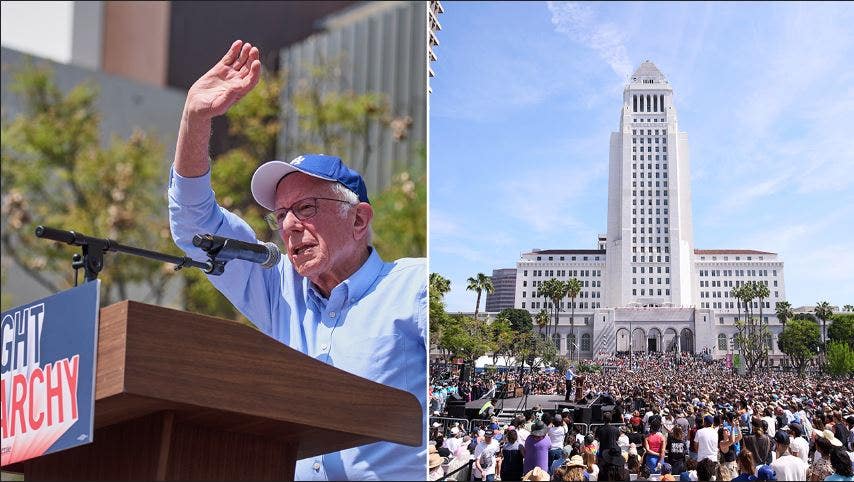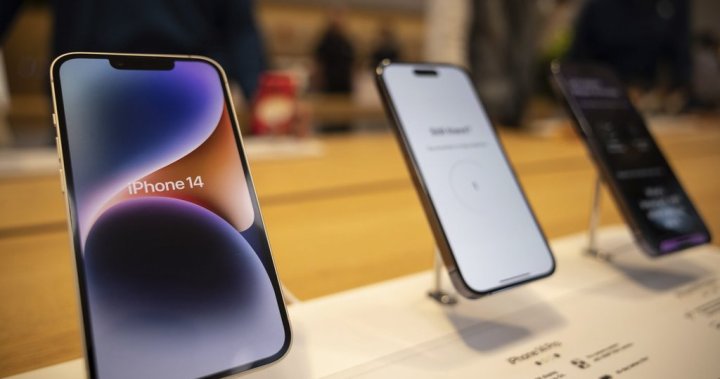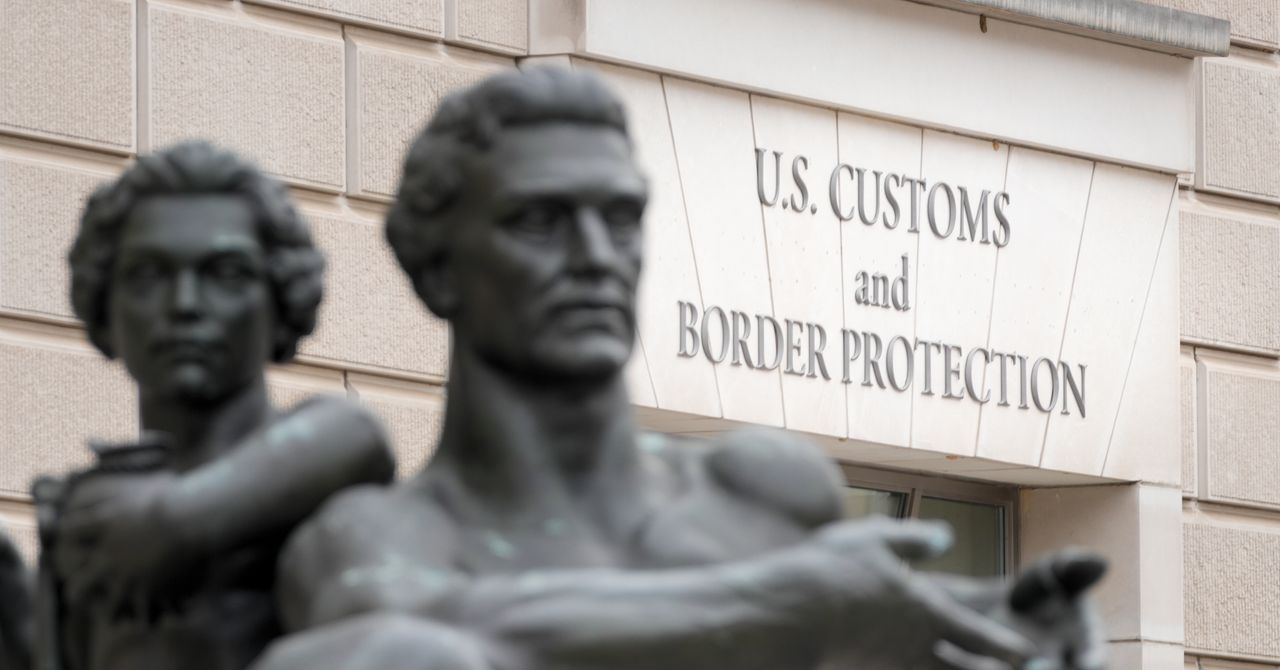The Trump administration at the end of Friday said that it would exclude electronics as smartphones and laptops on « reciprocal » rates, a play that could help keep prices in popular consumer electronics that are not usually done in the United States.
The movement would also benefit companies with major technologies such as Apple and Samsung and chip makers like Nvidia.
U.S. Customs and border protection listed about 20 products that could be welcomed. They include hard disks, memory chips, flat panel monitors and solid state storage devices, as well as machines used for semiconductors.
This means that they will not be subjected to the current rates of 145 percent charged in China, or in the 10 percent reference rates elsewhere.
Trump previously said he would consider that he would exempt some rates companies.
The movement comes from « a huge overload of black clouds for now on the technology sector and the pressure facing the great technology, » said Wedbush’s analyst Dan Ives in a research note.
United States President Donald Trump announced a 90 -day pause on the rates of the country’s specific « release day », except China, which now faces a 125 percent rate rate.
Trump’s latest rates have raised fears of a U.S. recession and drawn criticism of his fellow RepublicansThey do not want to lose control of the House of Representatives of the United States and the Senate to Democrats in the medium -term election next year.
Neither Apple nor Samsung responded to a comment request early Saturday. Nvidia denied comments.
It notice He did not provide any explanation for the Trump administration movement, but White House spokeswoman Karoline Leavitt said in a statement after the exclusions were public that Trump had achieved trillions of dollars in North -American investments such as Apple and Nvidia.
At the end of February, Apple announced that it will invest more than $ 500 million for the next four years in the United States, some of which will go to a new manufacturing facility in Texas. In March, Nvidia promised to spend « hundreds of thousands of dollars » for semiconductors and other electronics in the United States during the same period of time.
Trump presented himself to last year’s re -election with a promise to reduce prices, which, fueled by the inflation of the Pandemic and Russian war in Ukraine, had tarnished the economic reputation of the then President Joe Biden and his democratic allies.
But Trump also promised as a candidate to impose the rates that have become a central part of his economic agenda, and the President of the United States has dismissed the turbulence of financial markets and expected prices increased from rates as a disturbance that was a necessary part of the global economy and the world negotiation order with his vision.
Apple has manufactured most of its iphones in China since the first model came to the market 18 years ago.
« The concept of making iphones in the United States is a start, » said Ives, who reflects a broad view of the investment community that tracks all Apple movements.
Apple disincentives that changed their nationally production include a complex supply chain that began building in China in the 1990’s. It would have several years and would cost thousands of dollars to build new plants in the United States, and then face Apple with economic forces that could triple the price of an iPhone, threatening with the torpedo sales sales.
Ives estimated that the current $ 1,000 price for an iPhone elaborated in China, or India, would increase to more than $ 3,000 if production would move to the United States, and says that it believes that production production could not be done until 2028.
















Leave a Reply